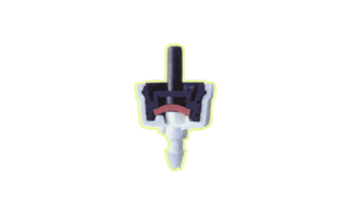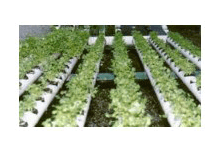
EXTEND THE LIFE OF YOUR INSTALLATION
Marbroer's ESCOBER dripper is designed to compete with the best self-compensating, non-draining drippers on the international market.
The non-draining model operates under optimal irrigation conditions and closes efficiently at a pressure of 3 m.w.c. (meters water column). This explains why it opens at a slightly higher pressure than other emitters; however, at Marbroer, we consider this feature necessary to get the most out of the dripper, both in the medium and long term.
At Marbroer, we recommend an inlet pressure of 1.5 Kg/cm² for each emitter. This achieves the correct opening and desired flow uniformity, in addition to preventing the possible deposition of particles that would not be flushed out at lower pressures.
The fundamental role of the installer to optimize the dripper's operation and ensure the proper use of this type of installation is, in addition to advising the farmer on the preventive and/or corrective measures summarized below, to provide said pressure.

